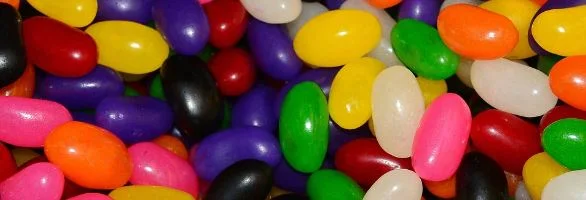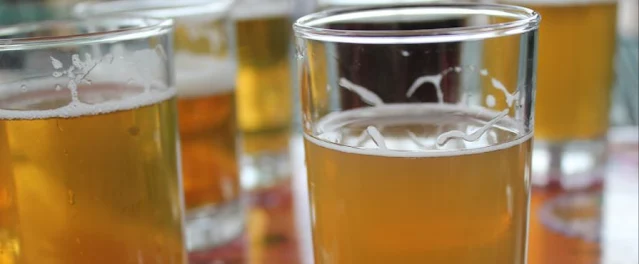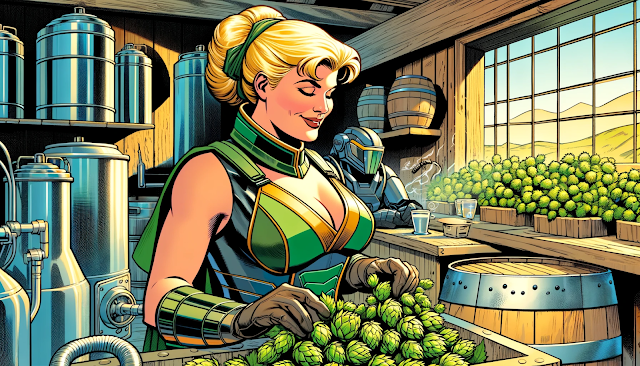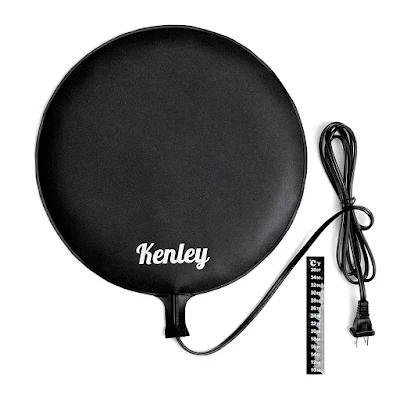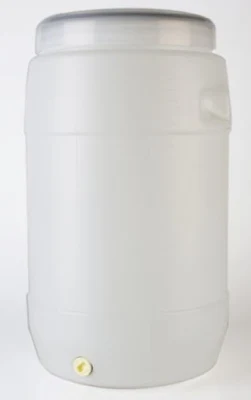How to fix a stalled fermentation with Yeast Energizer
Yeast is the 'live' part of a good beer.
It's a living organism and just like your friends, you gotta treat them right.
If the yeast is going to turn your wort's sugars into alcohol, it's going to need a nice home where it feels comfortable.
If you think your yeast might need a helping hand either at the beginning of fermentation or due to a stalled fermentation then a 'yeast energizer' might just be the extra ingredient you'll need to add to your brew day shopping list.

If you think your yeast might need a helping hand either at the beginning of fermentation or due to a stalled fermentation then a 'yeast energizer' might just be the extra ingredient you'll need to add to your brew day shopping list.

| Yeast Energizer Brand | Pros | Cons |
|---|---|---|
| LD Carlson Energizer | Contains essential nutrients like vitamins, amino acids, and minerals that help yeast thrive and ferment vigorously. Suitable for stuck fermentations. | More expensive than basic yeast nutrients, which might deter hobbyists or casual brewers. |
| Wyeast Nutrient Blend | Specially formulated to improve yeast activity and fermentation efficiency. Perfect for high-gravity beers. | Requires precise dosage; too much can lead to off-flavors, making precise measurement crucial. |
| Fermaid K by Lallemand | Offers a balanced blend of nutrients that supports yeast health and promotes consistent fermentation, recommended for wines and meads. | Not specifically tailored for beers, which might limit its appeal to beer brewers. |
| Brewcraft Yeast Fuel | Easy to use with a simple dosing system, enhances fermentation speed and completeness. Ideal for novice brewers. | Limited availability in some regions, which can make it difficult to source consistently. |
| White Labs Servomyces | Improves yeast sedimentation and increases cell viability. It's also known to reduce diacetyl and fusel alcohol production. | Premium priced product, reflecting its specialized application and high efficiency. |
What are yeast energizers and why use them?
At its most basic description, a yeast energizer serves two purposes - they are used to stimulate or restart a stalled fermentation.
The effect they have is that they can help with more efficient fermentation which means a faster time to the completion of fermentation and also improve the chances of an improved final gravity - that is to say, increase the alcohol content of your batch.
Yeast energizers have also been demonstrated to also help reduce fusel alcohol and hydrogen sulfide production.
Fusel alcohols are the alcohols responsible for the 'burning sensation' and can contribute to hangovers.
H2S will impart a sulfur smell (rotten eggs vibe) and a general bad taste.
These two problems may be caused by when the yeast is stressed (such as by having too many sugars in the wort or the temperature is too hot.
Yeast energizer also works well in meads and honey brews to help speed fermentation. It will also help cider batches to get to that dry state quicker!
Generally speaking, you'll probably only need to add an energizer if your yeast will face very high sugar worts.
Does 'yeast energizer' affect beer taste?
There is a bit of debate amongst brewers about the effect an energizer can have on taste. It seems to be fairly negligible if there is one.
We believe there are more overriding factors in the brewing process (such as the number of hops used and grain profile) that affect the taste, so we wouldn't factor in 'taste effect' as part of your decision making process on whether to add yeast energizer (and you don't really have a choice of your fermentation has stalled!).
What are the ingredients of yeast energizers?
Energizers are usually found to be composed of:
- Vitamin B
- Dimmonium phosphate
- Tricalcium phosphate
- magnesium sulphate
- yeast hulls
Is an energizer the same as yeast nutrient?
A yeast nutrient is somewhat different from an energizer.Yeast nutrients can be considered to be the "vitamins and minerals" to help yeast grow and ferment.
Yeast energizer is like a catalyst to kick start a stuck fermentation back into gear.
How much yeast energizer should I add to my beer wort?
Use approx 1/4 teaspoon per gallon in beer to revive a slow or stuck fermentation.
When to add yeast energizer?
At the beginning of the brew!
If you are doing a boil, it can be added in the last 10 minutes of the boil.
If doing a malt kit in do a fermenting drum, pitch it the same time as you do the yeast.
When you have a 'stuck fermentation'
If you are hugely confident that your fermentation hasn't completed properly (such as by having a vastly incorrect expected final gravity) then you make have a stalled fermentation.
You can re-ignite your yeast's performance by adding the energizer.
Before you do that, you should ensure that your drum or carboy is at a sufficient temperature to support fermentation. If you're brewing in a cold shed in winter, it's likely your yeast has gone to sleep rather than you have a stalled fermentation.
Add one-quarter teaspoon or a half teaspoon per gallon to your wort and give it a wee stir. The instructions on the label should give good directions as to the amount to use if unsure.
Navigating the Complexities of Yeast Behavior in Fermentation
When it comes to stalled fermentation, yeast energizer emerges as an unsung hero, but understanding the nuances of yeast behavior in this process is crucial. Yeast is not just a mere ingredient; it's a biological entity with its own set of needs and responses. It’s akin to the maestro of an orchestra, subtly directing the conversion of sugars into alcohol, all while balancing various flavors and aromas to create the final symphony of your brew. What we commonly attribute to yeast "laziness" or "stalling" might actually be a more complex interplay of stressors such as osmotic pressure, ethanol toxicity, or even nutrient deficiencies. Hence, a yeast energizer isn't just a quick fix; it's part of a broader strategy to maintain yeast health and vitality throughout fermentation.
This involves not only the timely addition of energizers but also monitoring variables like temperature, pH, and sugar concentrations. By adopting a holistic approach to yeast care in brewing, one can not only rescue stalled fermentations but potentially elevate the quality of the final brew, carving out a rich tapestry of flavors and aromas that make each sip a memorable experience.
